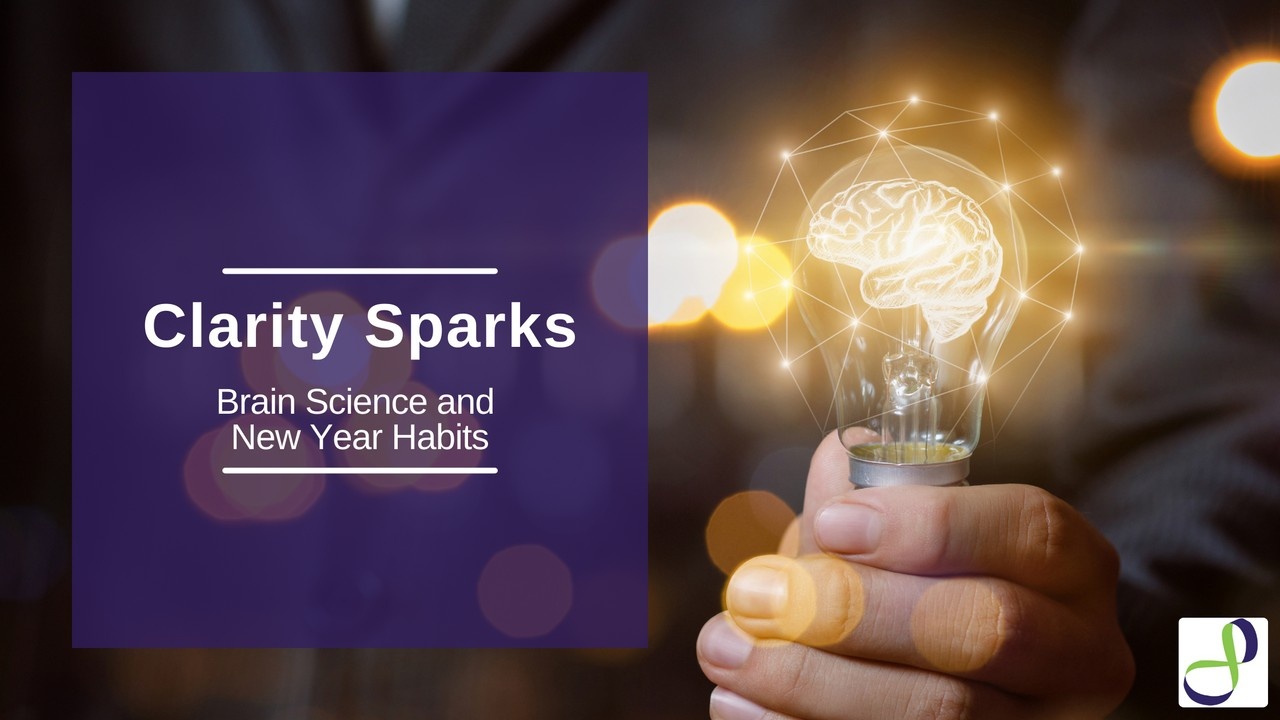3 Key Actions in Habit Formation

Activation Triggers, Decision Distress, and Habit Resilience
If you're like me at all, you want to end up with the 11%. I want to be with the 11% who follow through with all or most of the commitments we make at the beginning of the year – personally and professionally.
Each year my husband, Mike, and I invest a few days completing Michael Hyatt's Best Year Ever course to:
- Conduct an After Action Review on the previous year
- Establish goals for the new year
Mike and I are together A LOT! We lead both YourExecutiveCoach.com and Emsick Architects, a commercial design studio with a niche in the auto dealership industry. And corny as it sounds, since we began an annual planning process, we've consistently been able to celebrate the habits we've developed and stretch goals we accomplished. As each year passes, we are measurably healthier, our businesses are measurably more successful, and our relationship is more and more aligned. We can honestly say, it keeps getting better!
Here are three ingredients to our secret sauce:
1. Plan Your Activation Triggers
When establishing habits, we often believe motivation is the key. But according to the research of BJ Fogg of Stanford’s Behavior Design Lab, and author of Tiny Habits, the first step for long term behavior change is quite simple: increase the presence or effectiveness of activation triggers by programming an if-then sequence into our routine. According to Heidi Grant:
“We’ve learned from more than 200 studies that if-then planners are about 300% more likely than others to reach their goals. . .because contingencies are built into our neurological wiring. Humans are very good at encoding information in “If x, then y” terms and using those connections (often unconsciously) to guide their behavior. When people decide exactly when, where, and how they will fulfill their goals, they create a link in their brains between a certain situation or cue (“If or when x happens”) and the behavior that should follow (“then I will do y”). In this way, they establish powerful triggers for action.”
One of my daily activation triggers includes, “When I sit down at my desk, then I open my notebook and handwrite my WB3 (Weekly Big Three must-dos) and my DB3 (Daily Big Three).” By the end of the week, I’ve created clear focus on my Big Rocks, and gained motivation because I’ve come to really dislike having to repeat writing an unfinished WB3 the following week.
Both Fogg and James Clear (Atomic Habits) identify three essential components of any habit:
- Achievable: We must be able to do.
- Appealing: We must be motivated to do it.
- Activated: We need to be "activated" at the time the behavior, or habit, is to be performed.
Activation Triggers prompt us at just the right time. For my A-Game, I have three morning Activation Triggers
- Garmin Watch vibrates 10 minutes before I am scheduled to be out of bed
- Smart Light turns on 5 minutes before I am scheduled to be out of bed
- Song Play at the time I am I am scheduled to be out of bed
Over time, I've found my brain has become programmed to wake up before my Garmin buzzes, alerting me to begin the 5-7 minutes process to get on the elliptical for HIIT. This is evidence the habit is becoming automated, and I am increasingly able to perform the behavior with minimal effort.
2. Use Activation Triggers to Reduce Decision Distress
You may have heard of decision distress as a motivator for Steve Jobs' and Mark Zuckerberg's wardrobe choices. Various internet sources estimate that an adult makes about 35,000 remotely conscious decisions each day [in contrast a child makes about 3,000] (Sahakian; Labuzetta, 2013). Jobs and Zuckerberg increase the energy available for complex decisions by pre-deciding their wardrobe.
I also use Activation Triggers the night before each workday. I set out my work-out clothes, program the coffee maker, place the hand-weights, my cordless jump rope and air pods. By having these resources set out and ready to roll, pre-decided, each morning my decision energy is saved for the complex work requiring my brain power.
3. Practice Habit Resilience
Habit Resilience is the ability to bounce back when things don't go as planned when we miss our goal. Instead of giving up and believing we don't have what it takes, Habit Resilience means we choose a positive mindset, we assess the obstacles and map a course forward. When starting my morning A-Game habit, I found I was great at hopping on the elliptical at 5:15am on Mondays, but my tendency was to fall off as the week progressed. Rather than define myself as failing, Habit Resilience taught me to set more realistic expectations - including a focus on incremental 1% improvements. And to keep getting back on the “horse.”
To learn more about the brain science of habits, check out our new Brain Clarity Conversations. This month, Dr. Jeffrey Snell, Director, Psychology and Neuropsychology Services with QLI, joins me.
To receive more information and sound bites from Your Executive Coach follow us on LinkedIn and Facebook.

